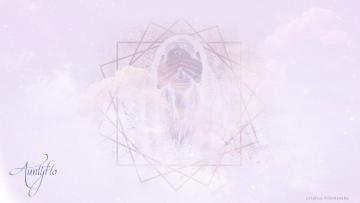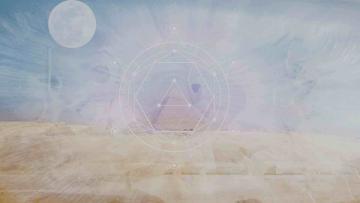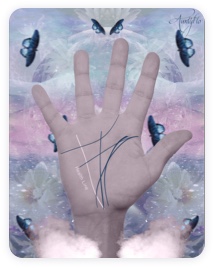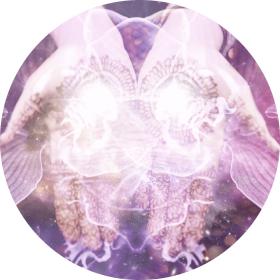Aradia

Uncover hidden spiritual meanings
It is one of the few classic books on neo-paganism which claim to be an actual book which is sacred and contains traditional witchcraft in particular the Tuscan religious of Italy. It is considered a religious text.
Charles Leland wrote this book using materials he received from a woman named Maddelena who assisted him in collecting Italian folklore. The materials were handed to him on the new year day of 1897 in a handwritten document; she then went missing and never again contacted Charles Leland again.
The book itself had an impact on the emergence of neo-paganism and it is important that every practitioner should read it.
The Tradition of Aradia
Aradia was the name given to the Italian supernatural figure in Italian folklore. But since the publication of the Aradia (by Charles Leland) it has become one of the dominant figures of the contemporary pagan witchcraft revival, it features in many forms of Neopaganism which include Stregheria and Wicca as a deity on its own.
The originator of the Stregheria Wicca tradition, Raven Grimassi, claimed that Aradia was a historic symbol which was originally named “Aradia DI Toscano.” Raven Grimassi led the Diana goddess worshipping witches in the Tuscany of the 14th century.
Understanding The Italian Folklore
Herodias Antipas, who is mentioned in the Christian mythology is believed to have been cursed to wander on treetops after ordering John the Baptist’s death. He was only permitted to rest on treetops during dawn and in the middle of the night. It seems that, by the High Middle Ages, this figure became devoted to the train of nymphs of Diana the goddess which is now seen as several spirits who fly through the night across the Italian countryside. Other names given to this spirit include Noctiluca and Minerva.
It was believed that, during midnight, there was a group of women who believed that they could go and meet Diana the goddess and her train. The legends surrounding the Arada, Aradia, or Araja figure spread all over Italy with evidence on records showing existence of Araja. This includes araja the demon which were discovered in the Sardinia. It is alleged that, Araja the joust was the descendant of a supernatural figure which was a witch known as Rejusta in Sardinian folklore.
It is also noted that, Arada along with Irodiada in the Romanian history of religion, Mircea Eliade, was a name which was used by the Romanian folklore Queen of the fairies who believed in the metamorphosis of Diana. Herodias and Diana were adversely mentioned during the witch’s trial records which happened in Europe. Both these were often worshipped together.
The Aradia of Leland
The Aradia is a book which Leland claims contain text which belonged to a group Tuscan the witches who believed that, the queen of the witches was Diana. It begins with the birth of Aradia to Lucifer and Diana.
We hope you liked this article. Please support us by liking us on Facebook. Thank you in advance.
By Florance Saul
Feb 10, 2017







